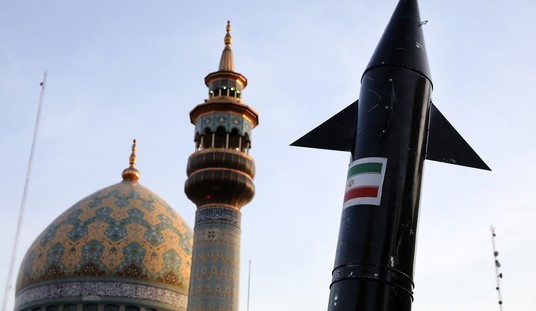The Supreme Court let stand a lower court ruling that will force the state of California to release 10,000 criminals from prison by the end of the year due to overcrowded conditions.
The state had argued that such an unprecedented release carried with it a threat to public safety and would place an inordinate burden on law enforcement and social services who will have to keep track of the felons. But the Supreme Court rejected that argument.
The U.S. Supreme Court on Friday let stand a lower court ruling ordering California Gov. Jerry Brown to release thousands of state prison inmates before their full sentences are served, leaving the Golden State no legal alternative now but to comply.
A three-judge panel of the Ninth Circuit Court of Appeals in San Francisco in June had ordered Mr. Brown to immediately start shortening some inmates’ prison terms as long as they behave well, a move that could have lowered the state’s prison population by more than 5,000 by the end of this year. In all, the judges wanted prisoner numbers reduced from 119,000 as of June to about 110,000 by the end of 2013, using the shortened stays and other maneuvers proposed by the governor.
It wasn’t immediately clear when the state would begin releasing inmates. The California Department of Corrections issued a statement that it still planned to pursue a separate appeal of the prison-reduction orders with the Supreme Court. Legal observers, though, said chances of the high court hearing the case would appear slim.
The state filed the petition with Justice Anthony Kennedy, who oversees the Ninth Circuit, which includes California. Justice Kennedy, who could have acted alone, instead referred the matter to the full court, which denied the state’s petition without comment. Justice Antonin Scalia, joined by Justice Clarence Thomas, dissented from that decision, as he had from Justice Kennedy’s 2011 opinion upholding the lower court order requiring California to reduce its prison population so as to bring conditions up to constitutional standards.
Justice Samuel Alito also sided with the state, but did not join Justice Scalia’s dissenting opinion which lamented, “California must now release upon the public nearly 10,000 inmates convicted of serious crimes….”
The state is already using local lock-ups to house less violent criminals. But this poilicy — known as realignment — isn’t working very well.
Supervisor Michael D. Antonovich said the county has already seen spikes in crime because of realignment, and he said it would get worse if thousands of state prisoners were released. Los Angeles County, the most populous in the state, would bear the brunt of the effects, he said.
“The governor has only two choices – transfer inmates to in-state and out-of-state detention facilities through contracting, or release 9,000 dangerous felons into our communities,” he said. “It’s a no-brainer. The governor needs to stop pussyfooting and immediately utilize available detention beds.”
Antonovich said Brown had failed to make such moves to avoid upsetting the politically powerful correctional officers’ union. “He needs to put the people first and the union second,” the supervisor said.
Brown’s office referred questions to the California Department of Corrections and Rehabilitation.
Jeffrey Callison, a spokesman for the department, said the supervisors’ concerns were premature. In addition to continuing to appeal the matter to the U.S. Supreme Court, he said the state is working hard on finding alternatives to releasing thousands of inmates.
“We have no intention of doing that,” he said. “We will do everything in our power to avoid doing that.”
The state plans to maximize the use of out-of-state prisons and California fire camps, and is considering leasing beds in county jails and in-state private detention facilities, he said.
“It’s premature for anyone to be saying what exactly is going to come of this,” Callison said.
Supervisors were also concerned about the effect the releases could have on county coffers if local budgets have to bear the expense of increased law enforcement and substance abuse treatment.
The prisoners who have stayed in county custody under realignment are costing $119 per inmate per day, but the state is only reimbursing 65% of the cost, Antonovich said.
Board Chairman Mark Ridley-Thomas vowed to press the state to pay for additional costs resulting from the releases.
What a mess. Any way you look at it, nearly 10,000 felons are going to be on the move as the state scrambles to find enough beds to keep murderers and thieves from prematurely re-entering society and wreaking havoc on innocents. The state may be a little too optimistic about any help that local governments can give them with this problem, given how cash-strapped many communities surrounding Los Angeles appear to be. The state itself is not on the best financial footing either and the burden of finding out of state beds will almost certainly put pressure on other parts of the budget like education and health care.
The overcrowding crisis in California prisons has been an issue since 1995 when the prison mental health system was placed under the control of the courts. The health care system followed a few years later and for most of the past decade, the prison system has been under the gun as courts have ordered the release of thousands of inmates. This is a problem that has been inadequately addressed by successive administrations, Republican and Democratic.
But the can kicking is apparently over and California must pay the penalty for its shortsightedness.









Join the conversation as a VIP Member